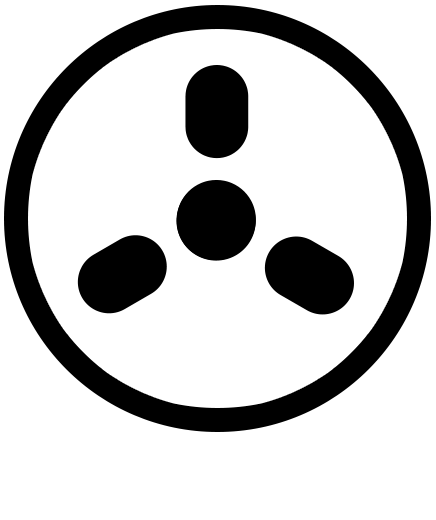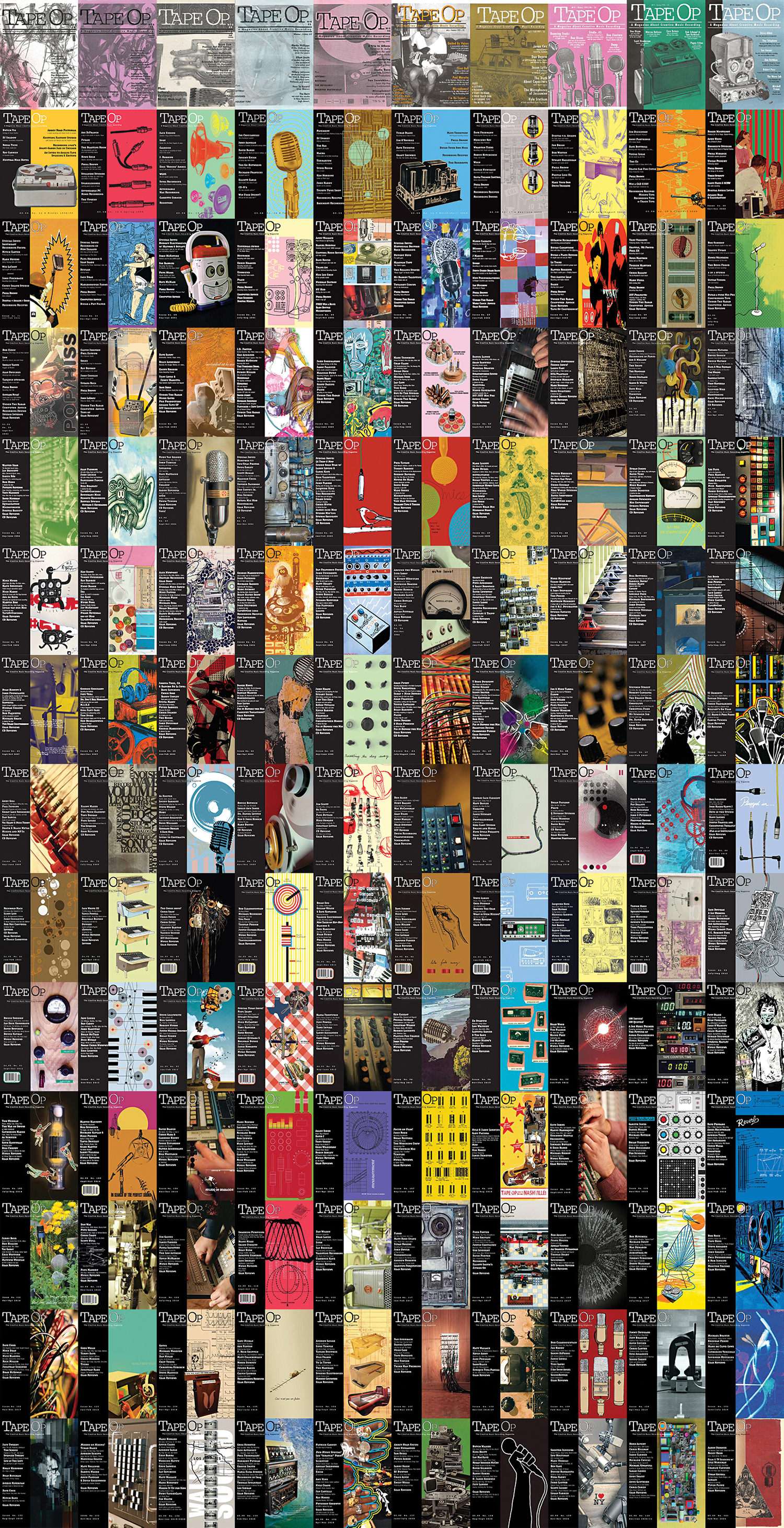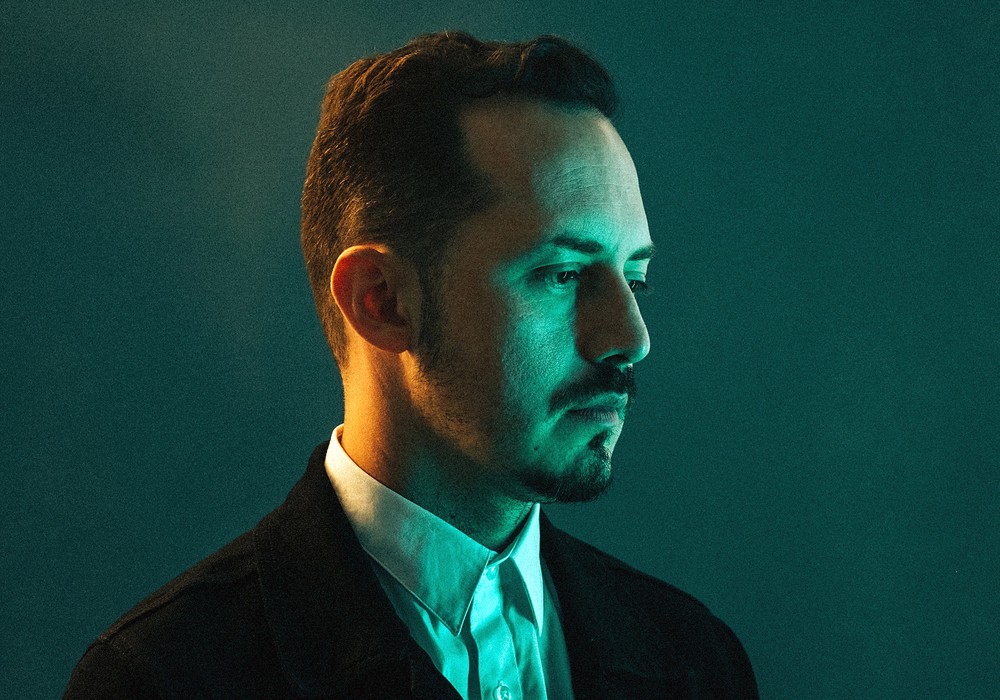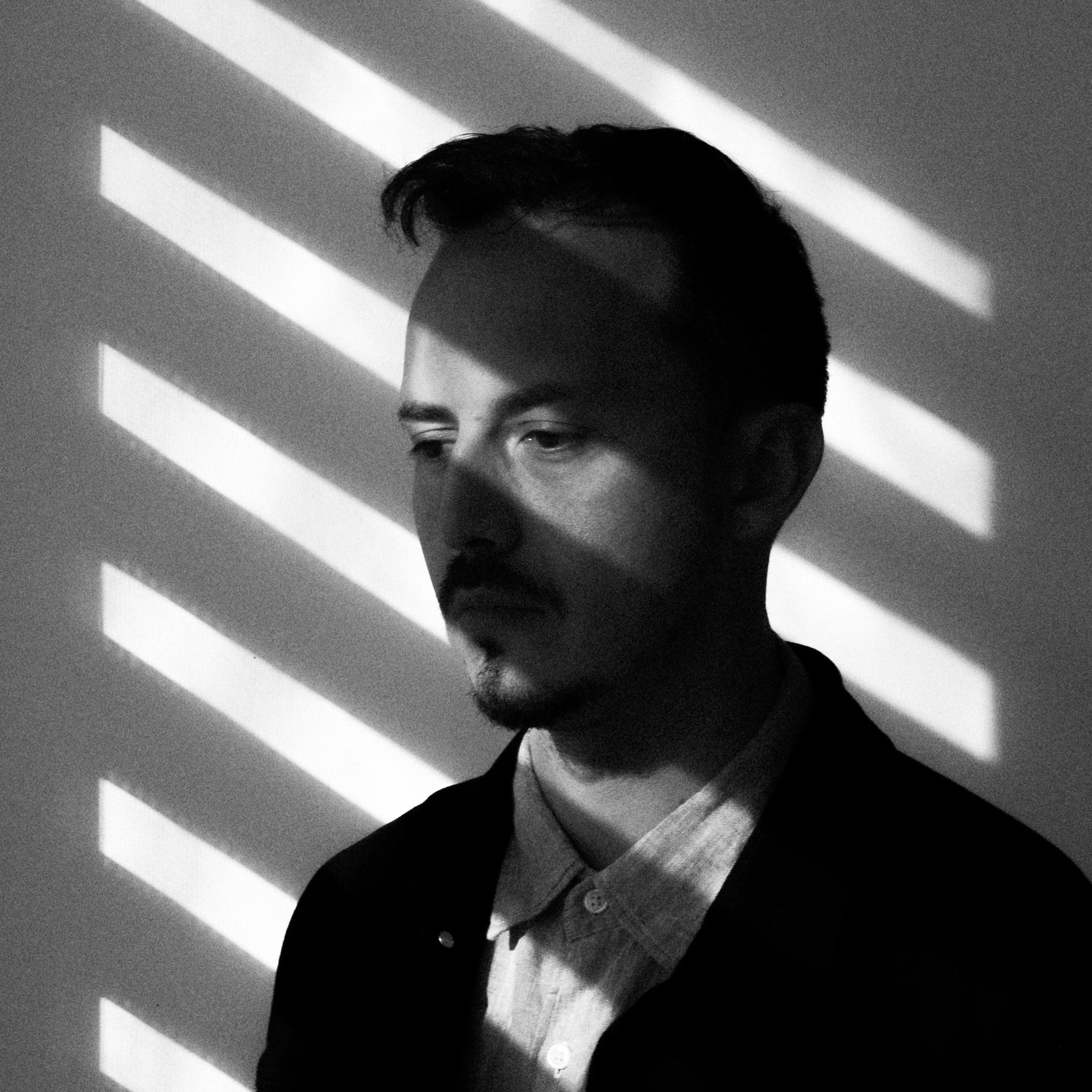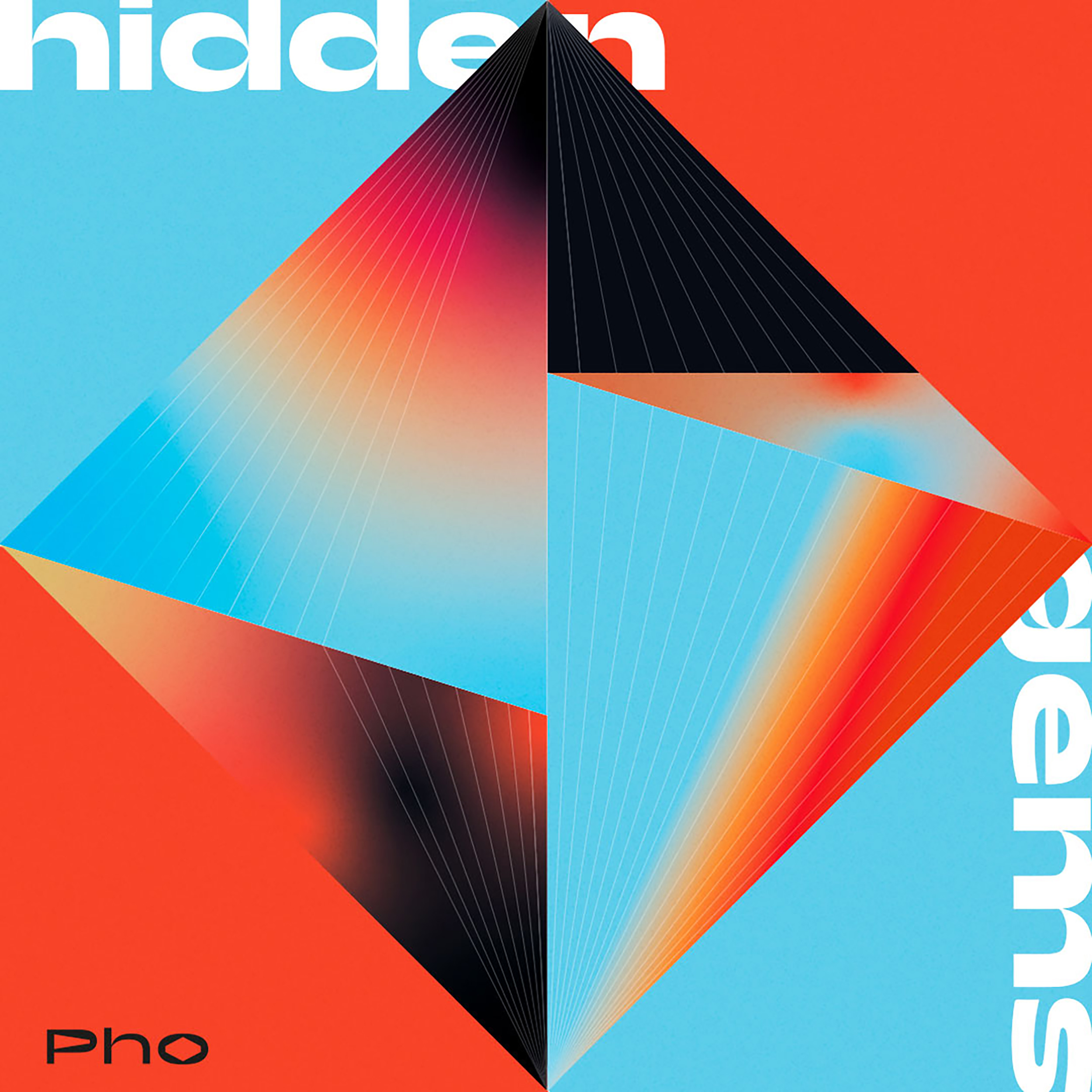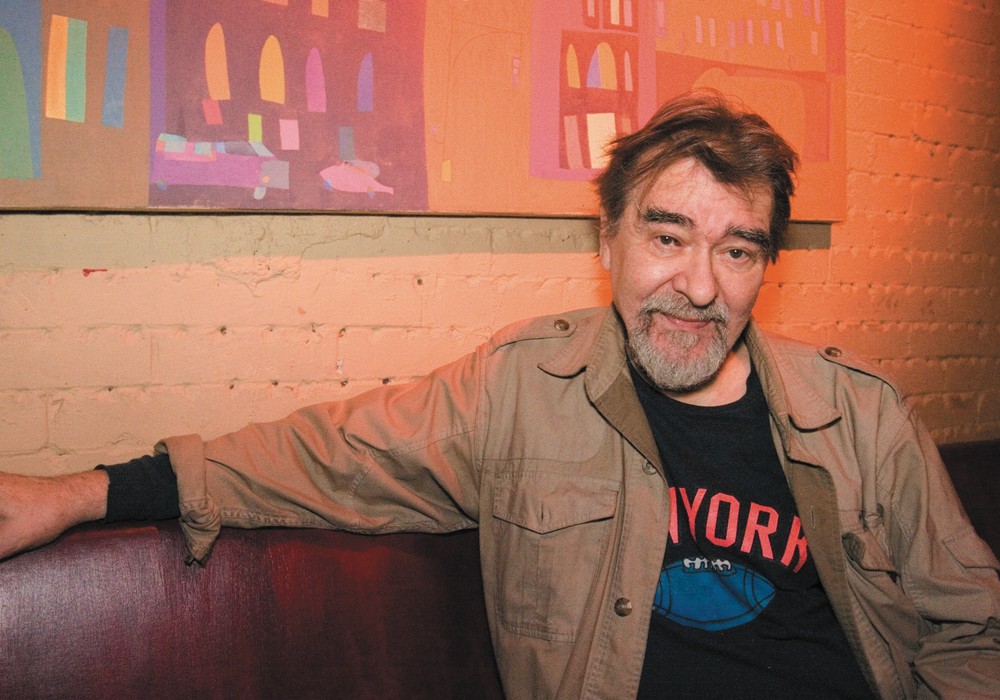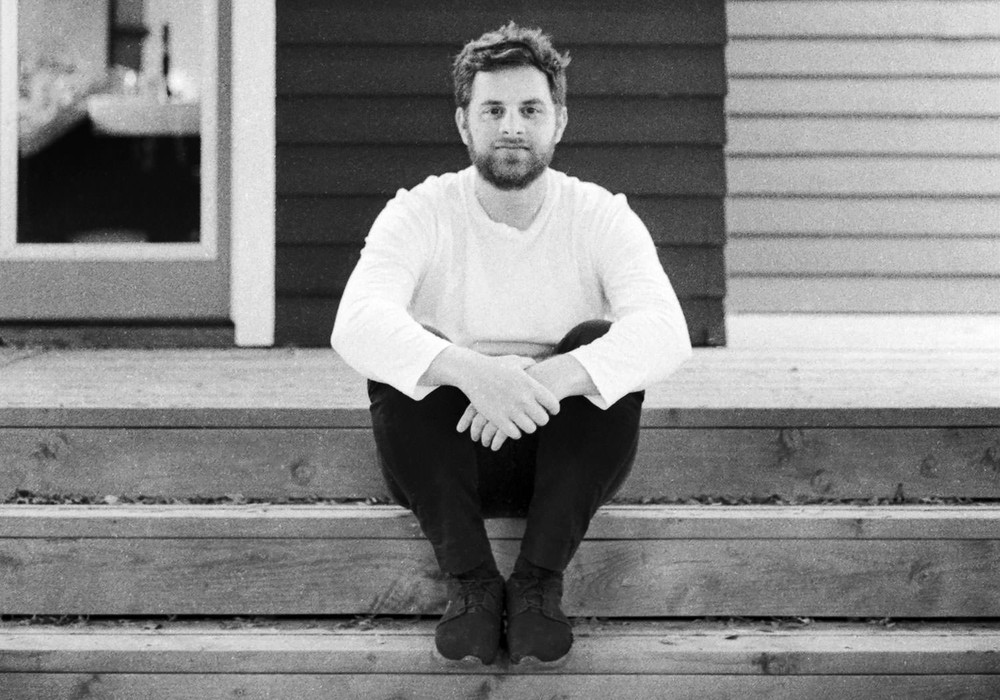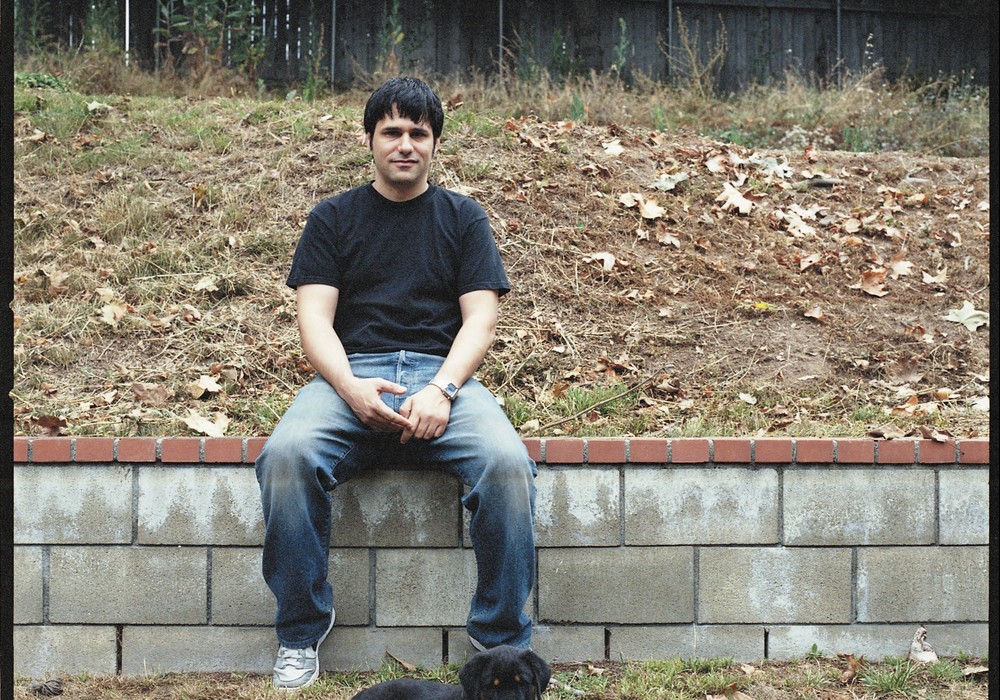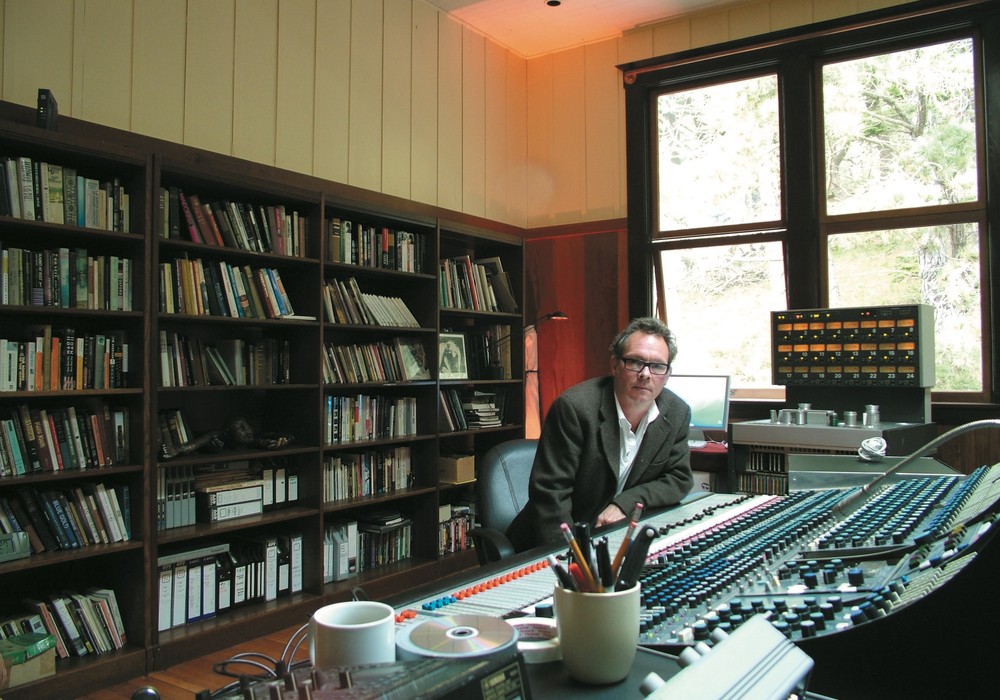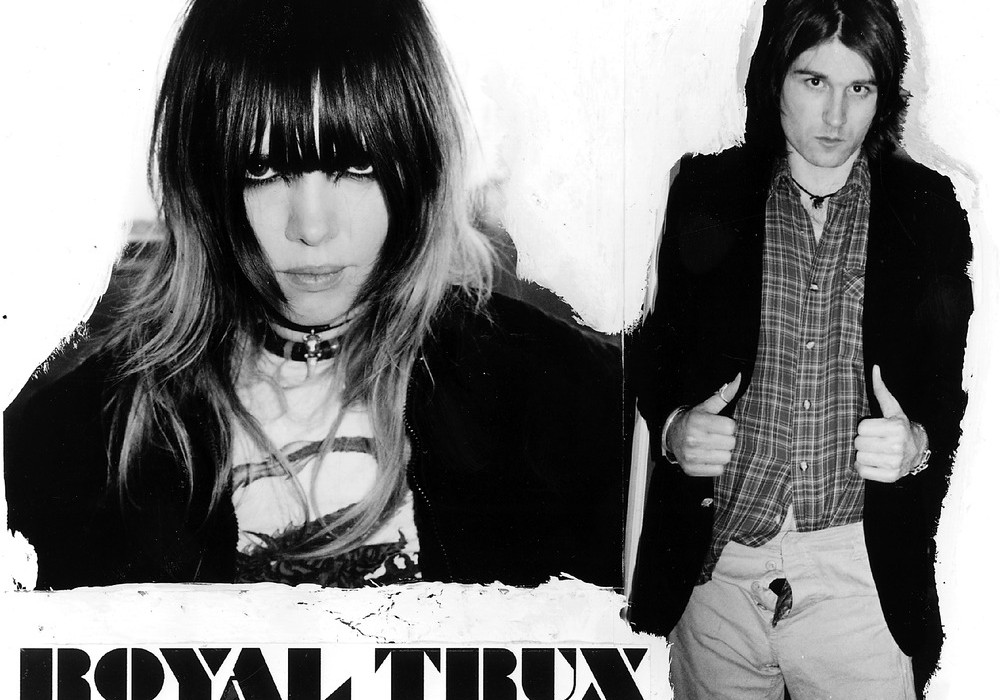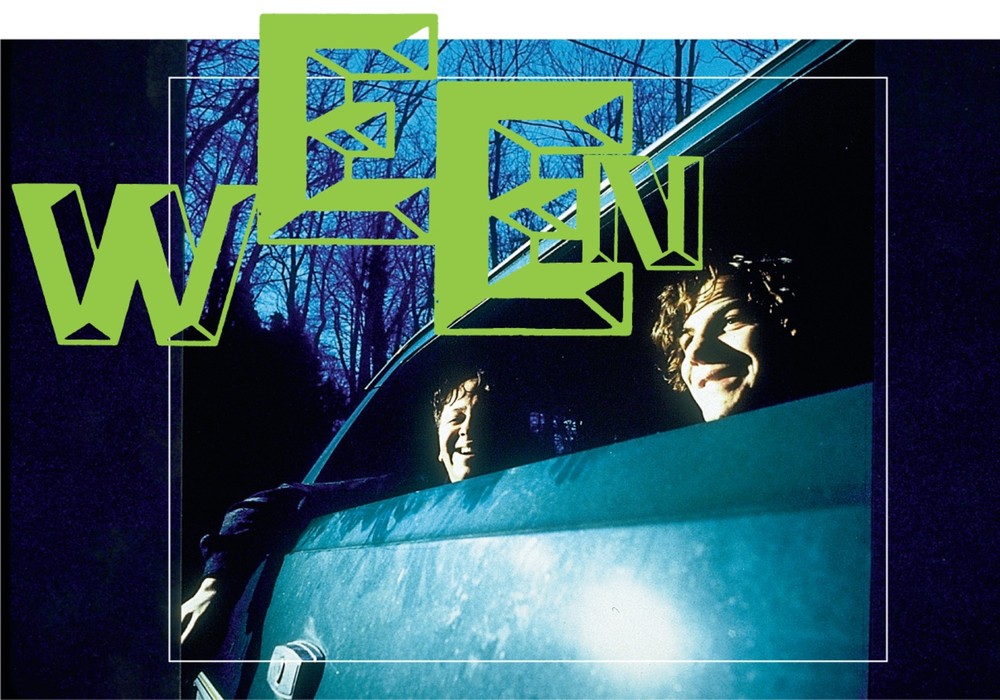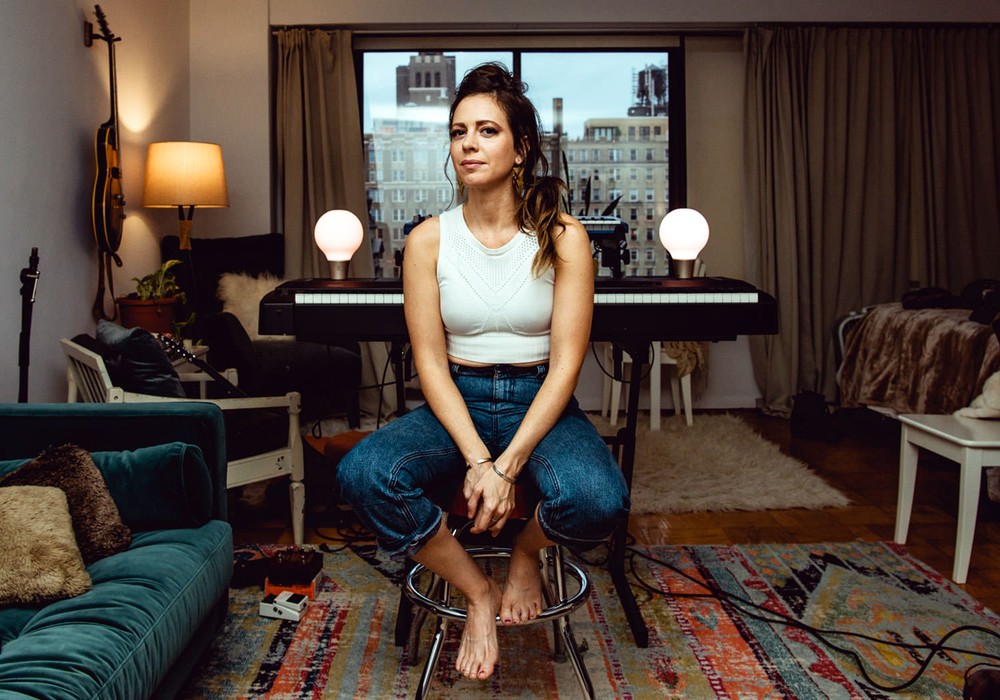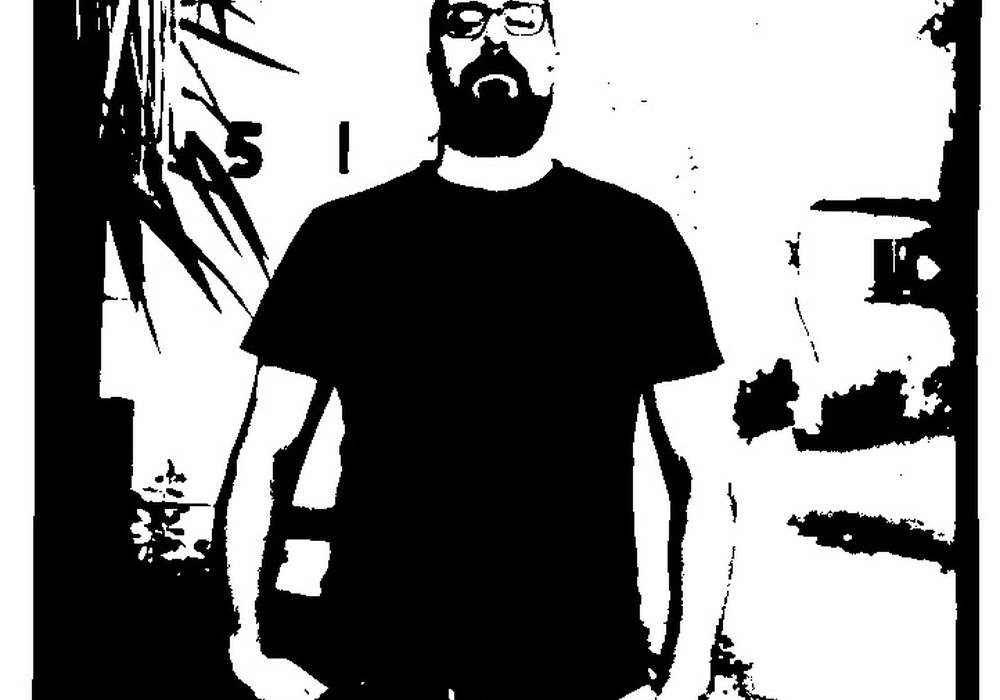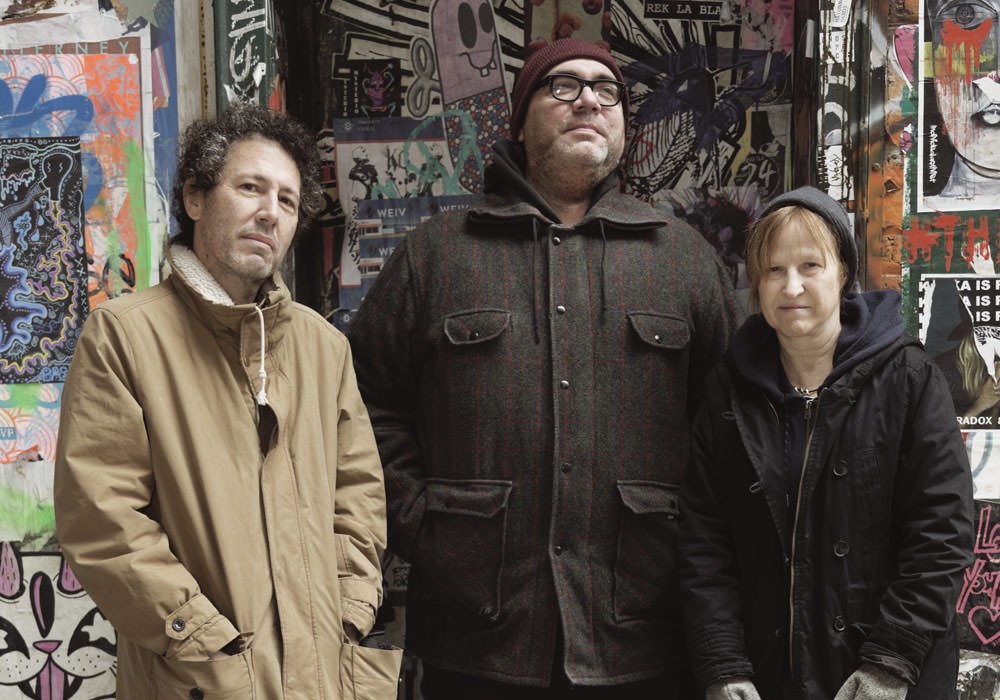Since the early 2000s, PHO, born Leonardo Rojas, has navigated his dynamic career through the grand corridors of hip-hop, funk, and soul. By 2015, he was already considered one of the top 40 DJs in the world. Hailing from Bogotá, Colombia, he is equally as likely to be found behind the wheels of steel concocting a special auditory treat with left-field samples, as he is to be producing new music for his various projects as well as other artists, such as Natalia Lafourcade, Lianna, and Montañera. He recently helped design and develop the new Pioneer DJM-S11 mixer, while also working closely with other brands such as Ableton, Red Bull, and Serato. He is no stranger to hanging among hip-hop royalty, with the likes of De La Soul, DJ Jazzy Jeff, or the Invisibl Skratch Piklz. Yet you’ll often find him at his Dubai residence, tinkering away to incorporate the latest technology in his performance-heavy routines. It’s not surprising to catch him using gummies, plants, cans, or even the human body to create interesting sounds and experiences. We caught up with PHO to discuss his storied career as well as some of his new lockdown routines.
(Full disclosure: PHO is one of my music publishing clients at Lucesca Productions.)
Miguel Bustamante: I want to start in 2012. By then you were the two-time champion of the Red Bull 3Style in Colombia. After that were you projecting forward for your career.
I was thinking that at that point my career would change drastically, because I had been working with an advertising and publishing house for over seven years – this was a job only for paying the bills, but I wanted to make music and play records. When the Red Bull 3Style thing happened twice, I was like, “Okay, this is the game changer. Here; this is the point where everything is going to change.” Things changed, but not at the level I was expecting. I can’t deny I had great experiences. Unfortunately, I couldn’t make it anymore, because Colombia didn’t do more Red Bull 3Style battles, but I’ve still been involved with the 3style crew.
M: What was your vision for your creative career?
I’ve always said that before the internet there was a delay in South America, and in Colombia. What happens in the States, Europe, and Asia has five or ten years on South America. That’s why I started DJing when I was 18 years old. Colombia is in this process of being a place to have great turntablist DJs. Right now we have more, but at that time it was hard to have the level of like all those 3Style or DMC champions. My goal, or my projection, was to be a DJ Qbert or Mix Master Mike.
M: You wanted to be focused a lot more on technicality, like a battle DJ?
Maybe I was a little confused with what I wanted to be. In Colombia we were thinking that the scratch DJ was the best DJ, but when I was in front of a party it wasn’t the same – that happened to a lot of turntablists. I don’t want to say names, but great turntablists; they’re not good party rockers. So, 3Style has this dynamic where you have to be good on skills, but also good on party rocking. I wanted to be the greatest turntablist, but at the same time I was introduced to DJ Spinbad, Jazzy Jeff, Z-Trip, or Skratch Bastid. They are great party rockers. I wanted to be like these guys, but also be like the technical guys; Qbert or D-Styles. I realized what I wanted to do; tour the world, be a good DJ, and increase the fee. Sometimes the gigs in Colombia are not well paid; but if I’m becoming a world champion, I can create a platform, economically. That was the thing I was thinking about, at that time. I was hungry for succeeding in my dream.
Juan Bustamante: What was the first moment that you said, “I want to DJ,” or, “I want to get into music”?
I remember when I saw the video of The Beastie Boys and Mix Master Mike, “3 MCs and 1 DJ.” I remember we had this weird video channel on a local station in Colombia, because I didn’t have MTV or any of those channels. When I saw that video, I didn’t understand what Mix Master Mike was doing. If you recall the video, he’s doing the beat with the vinyl. At that point I was thinking that was the way to make a beat. I didn’t know what he was doing with his hands. I was thinking that a crossfader was something to create sounds, not to cut the sound. I started doing these “archaeological” investigations in Bogotá. I went to the place where I was told they sold music gear, La Novena, and I didn’t know what the name of the gear was.
J: You were about how old? What year?
I was 15 years old and that was ‘98.
J: Did you have anyone in Colombia that you connected with to start figuring it out?
Well, there’s a guy called DJ Cas. I went to a couple of underground hip-hop parties he had. I didn’t talk with him, but I knew who he was. Two years later I went to New York, and that was my first approach to the scratch community. I was living there and I took some classes at the Scratch DJ Academy. When I came back to Bogotá, by destiny or whatever, I met Cas. Three years later we became friends, and he helped me out a lot when I was beginning my scratch thing in Bogotá.
M: How long were you in New York for?
One year.
M: How did that open up horizons for you, as far as not only your DJing career, but into production and music?”
That was the moment that changed everything. We don’t have a Guitar Center type of store in Colombia that you can go try the gear. So, I spent a lot of time in Guitar Center trying out different turntables. At that time Pioneer dropped the CDJ-1000; that was the game changer for the time. You could scratch with CDs. I tried turntables, but then I was thinking, “Oh, I can scratch my voice, or a friend’s voice.” In Colombia, I couldn’t have access to those types of experiences. Also, in the same building as the Scratch DJ Academy, on the second floor was Fat Beats [record store] – this iconic hip-hop place – in the East Village, which I spent a lot of time in. My perspective changed a lot at that time. I was a boom bap, hip-hop head. That was the only thing I wanted to do, but that eventually changed.
J: Did you get into hip-hop because you got curious about DJing, or was it the other way around?
I got into DJing because of hip-hop. I was listening to hip-hop in high school. I was the guy with the baggy pants and yellow boots. I was listening to House of Pain, Wu-Tang, and Cypress Hill.
M: You’re currently in Dubai. You’ve been there almost a year?
Technically I’ve only been here nine months.
M: That’s a big change! This whole time you’ve been in Bogotá, but you’ve been traveling around the world for different events. How did you end up in Dubai?
The main reason was that my fiancé had a great [job] opportunity. We were in Bogotá, we were living together, and she said, “I’m going to go because it’s a great opportunity” and she told me I could go with her. I was working in Bogotá; I had a life there. At the same time, I was thinking, “I’m not going if I don’t have a job or something.” Also, even if I’ve traveled a lot, I didn’t want to stay in Bogotá. She connected me with a guy because she was working with the Louvre [Abu Dhabi] museum. You know the Louvre; the famous museum in France? There is one here in Abu Dhabi; it’s the same company. There was a project two years ago called the Turntable Orchestra, which had DJs from Japan, the Philippines, and the United Arab Emirates. So, since my fiancé was working there she told me, “Hey, someone told me about this guy. This guy is well connected in Dubai, so shoot him an email or DM him on Instagram.” I did it very naively, like, “Hey, my name is Leonardo Rojas. I’ve worked with these brands. I’ve done this…” and the guy was super cool! He was telling me, “I saw that you are an Ableton certified trainer. I’m creating a project here. I’m opening up a school.” This was before the pandemic. We were talking for about five minutes, and he was already offering me a job. I thought it was a little weird, like those scam emails!
M: Too good to be true.
Exactly. So, a couple of days later, I had to go to Delaware to the Playlist Retreat at Jazzy Jeff’s house. By coincidence, DJ Shortkut, from Invisibl Skratch Piklz, was there and [he] said that he’d just arrived from Dubai. I was like, “I’m supposed to go in two months.” I asked him, “Who’s the guy there?” and he told me Lobito [Brigante]. I thought, “So, this guy is not a scammer!”
M: It’s real!
J: It’s serendipity, too.
Exactly! Also, I have this friend who manages De La Soul. I know he’s well connected around the world, and every time I travel to some place I’m like, “Hey, do you know someone there?” He told me that the guy there is Lobito. When I arrived here [Dubai], it was the leap of faith. Immediately, he [Lobito] invited me out. We went to dinner and he told me, “Yeah, we want to make this project together, man.” After two weeks here I found a good job; besides this school thing. Well, I had the school and two gigs and that was something that never happened in Colombia. Especially in Bogotá, because when I went to Medellin [the second largest city in Colombia], I got more gigs than in Bogotá, which is weird.
M: Professionally, when you left Colombia, what were you doing? What was your main thing?
I was teaching at SAE [Institute] in Bogotá, [Escuela de Música y Audio] Fernando Sor, [Academia DJ] DNA Music, and Digital LAB [Academy]. I was teaching, but it was more like courses; not by semester.
M: What were you teaching?
Music production, DJing at different levels; like vinyl, CD-Js, etc. I was teaching music production and Ableton Live.
M: And you were DJing?
Yes, I had three residencies. One amazing place called El Ghetto Project, I was the W Hotel resident DJ, and I was in Def Jamaica Club, which is a great club outside Bogotá. Between the teaching and the DJ gigs, I was producing. At the time, before I left, I was producing Montañera, I was working with my Mëlmak 69 project, and I was working with one of the brands I partner with; Pioneer DJ.
J: If your fiancé didn’t get this [job] in Dubai, were you still thinking about moving away from Bogotá?
Oh, yeah. I was trying to do that before the Dubai thing. I was looking for job opportunities in Berlin, Japan, and the United States. I was always applying for jobs, and doing interviews. It was always close but never happened. At the end, Dubai is not the place that fits my expectations, but I didn’t know what to expect before I arrived here. You hear that there is a lot of money here, so you start to think that it is a very materialistic place, not realistic. It turns out that I’m surprised by the things that are here, like the life quality you can have.
J: Have you connected with any musicians, artists, or DJs from Dubai, United Arab Emirates, or the general area?
Yeah, I’ve connected with a few DJs and artists. Dubai has a high level of immigration: 95% of the population here are immigrants and 5% are Emirates. To find an Emirate that’s a musician is hard, but I met a couple of drummers and singers. With the lockdown, things have been pretty slow. I’ve been doing some jams with a drummer, and he knows a lot of singers – we were jamming with singers, but because of the pandemic, everything stopped.
M: Has it changed the way you create? What are the changes in how you interact with artists or other creatives? How has it impacted the way you are producing your music?
The pandemic showed me that I was sometimes lazy. I don’t want to say lazy, but when I was so busy with three jobs I had the time to make beats, but I was probably tired. Here, when I have free time it’s like, “I did four beats today, with a measurement and everything.” So, it’s like when you’re doing an exercise, “I actually can run 20 minutes,” and then you realize one month later that you can run 60 minutes.
M: Do you think that has a lot to do with the fact that you’re in one place as opposed to, “I have to go to this job.”
That could be, but since I’m technically new to this place I’ve had the support of my fiancé. In Bogotá I had a studio, I had my turntables. I don’t have turntables here. I’m in a pandemic, and I don’t have the tools I used to use. I do have great sound banks that Ableton gave me. Ableton gave amazing sound packs to certified trainers during the pandemic. I don’t have my vinyl to sample, but I have tons of gigabytes of amazing sounds. It’s a reset of my workflow and a reset of my mindset and how to make tracks. I don’t have a microphone. I used to use sample sounds, like claps or beatbox, with a microphone and that’s no longer possible at this point. That is getting out of your comfort zone in different perspectives. I definitely have to admit that I have improved my production mixing skills, and that’s a positive thing. The bad thing is that sometimes when I’m making music I don’t know exactly what I want to do.
M: Like, you don’t start off with a definite idea, or is this recent?
It has happened before, but right now, for example, I’m making a short list of the beats I’ve done. I want to release a new instrumental album [Hidden Gems Vol.1 was released January 2021] and it started out being a J Dilla, soul, hip-hop thing, and eventually it’s transformed into more experimental hip-hop.
J: Before, you would have an idea, work on that idea, and that’s the way it would come out, for the most part. Now it’s like you have an idea and it’s changing into something else?
Yeah. I’m starting to explore different sounds, but it’s not definite. I’m in this paradox of, “This was not what I was looking for, but I like this.” I’m using a random process to create harmonies and melodies, not rhythm. It’s the fault of the random process. I have a hardware machine and a couple of plug-ins. I created a process through Ableton to create random melodies and harmonies. It’s nice but, sometimes it gets really abstract; it’s probably that process.
J: King Britt [Tape Op #138] was talking on social media about how he only has his [Roland] SP-404SX [sampler], as he was locked out of his studio because of the pandemic. But, due to his situation, he started messing with that more. You start coming up with other things that you didn’t even think about before.
That’s definitely true. The only thing that I’m missing right now is that I don’t have an audio interface. I’m using my [DJ] mixer as an audio interface, and I have an external synthesizer. I can’t record anything right now because I don’t know what’s happening with the mixer. I think the sound card isn’t working well. That’s the only thing that I am probably going to change soon. At the same time, I’m thinking, “Well, I got everything I need on the sound packs that I have.” A friend gave me the Arturia V collection, the plug-ins, and I’m impressed. These are so great. Do I really need an audio interface?
M: In the last few years you’ve focused a lot on what you call the Conductive Music Project.
“Conductive Music.” I call it that, but some people call it performative music. It’s a process where I create music by using conductive energy from different elements. For example, plants conduct energy, fruits conduct energy, and people conduct energy, so that means that I can create music from these bursts of energy using conduction.
M: What is the actual process? What is the signal flow?
I have these circuit boards.
M: The ones from Playtronica, right?
Exactly. This is from Playtronica. A shout out to them! The device is called Playtron; it has these different holes and you can connect these alligator cables. Each cable is a MIDI note. So, you can have a C, C#1 , D#, etc. Each one will send this information to that note. You can connect, in this case the C1, to maybe an apple, or a pineapple, or something that conducts energy. I have this other golden corner [on the Playtron]. So, if I connect another alligator cable, and if I’m holding this other cable and I touch that apple or whatever it is, I will send, to Ableton or any DAW, through USB. When I connect this [Playtron] through USB and I touch this cable that is [attached to golden corner], plus the apple, or whatever it is, on the other side, I close the circuit. One side is the positive part and the other is the negative part. So, I’m closing the circuit and I’m sending that information to Ableton Live.
M: When you close the circuit, it plays that note that the alligator clip is on?
Yeah. In this case it would be C1. In Ableton Live, if you have a drum rack, on C1 you can put a kick and then on C1 you can put snares or something.
M: So you can assign it to anything?
Yeah, yeah.
M: So, you’re enhancing that process. But with this conductive music process, you’re also doing this with Ableton Live aren’t you?
Yeah. Sometimes I use plants, but I can’t have 24 plants – two octaves of plants. [laughter] That would be exhausting to play; like dancing around.
M: Yeah, you could do Zumba.
J: He could be a mambo guy!
Mambo conducting guy; it would be exhausting! I’m only using two, three, maybe four plants. Which takes a lot of space, and I’m using my Ableton Push [controller] too. I realized that if I play only four notes for a one hour gig, I will be super boring. Even if I play the four notes that are in the same scale, because I can set it up that way. So, I decided to start randomizing the melodic part in the show. I previously record the harmonies, some chord progressions. I prepare the drums, and in the channel that I am sending the information to, from my Playtronica device, I have the randomizer. But the randomizer isn’t the thing that creates randomness.
M: You have parameters.
Exactly. Like a dice. You can have a dice of 99 faces, but with Ableton Live I can set [it] so I only have three options. You can reduce the probability. I set the parameters on what scale I want to play, what key I want to play, and what sound I’m going to play. Because randomness is interesting, but you have to control it.
J: So, it’s more for performance than for creating music?
Exactly. It’s more how I play the music; more for performance. It also helps for teaching, especially for kids. Before I left Bogotá, I was doing these workshops where six year old kids were building their own piano. They were taking white and black clay, and I was like, “Create seven white rectangles and five black rectangles.” They created these weird pianos, and I connected the clay to each key. Clay has water inside so it conducts. I had a piano plug-in and we had great speakers. They barely had to touch the piano and it played the piano plug-in. I started this in 2017 when Ableton invited me to Ableton Loop in Berlin. I saw the Playtronica guys – I didn’t know them at the time – doing this performance. I was impressed. I met one of the guys in the elevator. I recognized him and I said, “I really enjoyed what you did there, and I’m curious about where I can see more of your company.” He was super nice, he showed me the webpage. The only thing was since the guys were from Russia, sending something from Russia to Colombia, it’s almost impossible. I was trying to buy the devices for almost one year! It wasn’t until the next Ableton Loop, that was in Los Angeles, that I could finally get the Playtronica devices. They gave me one as a gift. I started creating this content, they were pleased, and now we’re working together. We are working on a couple of ideas right now.
M: What are some of the events where you’ve presented conductive music?
Maloka is one of the biggest interactive museums in Bogotá, and I was selected to do an interactive show using people as an instrument. The good thing about Maloka is that they have a planetarium dome. The visuals were very related to the music I was doing, which was like a cyberpunk, Blade Runner-type sound. Maloka is a great place to show the Conductive Music Project because it’s a science and technological museum. Also in Orlando, Florida, at Full Sail University for their annual Hall of Fame event; that was great. I had the chance to go to the Serato studio in Brooklyn [NY] and show them how to use the Serato Sample; one of the plug-ins they are using right now to promote production. I showed the Conductive Music Project with that.
J: Is this just another piece of equipment that you are going to work with, or do you see yourself going in this direction?
This is a phase that I’m going through. I was thinking the other day about that. Sometimes I get bored really fast – I’m not satisfied with the things I’m doing. Eventually it’s going to be so predictable, like everything in life. The thing with this, especially at this time that we are not allowed to touch each other, you could see this in two ways: This project could be a failure, because no one is allowed to touch. Or, at the end, it could be a great idea to start losing this fear to get in connection and interact with people. I’m trying to sell the project here to one museum. I see the potential of this more in art installations, and maybe brand activations for some companies. But it’s not the only thing I will do for the rest of my life; it’s just a part of what I’m doing.
J: Do you wish it had something else connected with it for performances?
Oh, yeah; I learned how to project videos when I touch any element, so I can play music and synchronize video. I wanted to try controlling DMX protocol, which is to control lights. I was taking some lessons on how to connect Ableton Live to Touchdesigner software that enables you to control holograms. I was thinking, “Imagine when you can touch someone and you can project a hologram.” It’s like a magician when they show you how to do the trick. I want to do the holographic thing, but at this point I can’t. I’m doing research almost every day about this, as well as other new technologies.
J: You’re a technology guy, you like pushing the envelope. Are you trying to find a different way of creating?
When I find something that I can use, I apply it to my creative and performative process. It’s not like I can build something from scratch! I’m not taking protoboards and connecting wires.
J: Is there a preference for analog or digital equipment?
I really love analog gear. I would love to have a modular synthesizer. I’ve been thinking about buying one.
M: I hear that’s an addiction that never ends.
I’m scared of that, because I realize that it’s beautiful to start creating your own modular synthesizer. I’ve seen that; when you get into that world, you achieve interesting sounds, but there’s not an exploration for the composition itself. It’s more these interesting types of sounds going on. There’s a guy I met who uses turntables to send CV information to the modular system. He started scratching and he could control the LFO with a crossfader. I found that interesting. But, yeah, I would love to have [Sequential] Prophet-6. I always wanted a Fender Rhodes, but now is not the moment.
J: Do you play any live instruments?
Yeah; I play guitar, keyboard, bass, and a very basic level of drums.
J: Are there any pieces of equipment that are your favorite? In production or in DJing?
Yeah. My favorite thing right now is the Ableton Push 2 [controller]. I can make music without the Push 2, but it’s harder when it’s not around. I got used to it; the interface is so intuitive.
J: I started going through your history and, in investigating, I noticed a recurring trend. You pick a theme, pick a project, and you work exclusively on that. You tend to complete that project, and then you move on to another area.
I have thought about it and I don’t know why I always do that. I get bored. When I did the Cartoon Mashups I was so motivated with ideas; the result was interesting. At the same time, I saw the mashups as good training on how to learn a DAW, because I spent a lot of time editing; chopping drums, chopping a cappellas, and creating a structure. I’d start learning the shortcuts. Around that time I made a track with Natalia Lafourcade [“Cursis Melodias (DJ PHO Official Remix)”], a Mexican artist who has a very different style from what I was doing. With the Cartoon Mashups, I was using 1970s Japanese cartoon samples, like Mazinger Z and Centella [Moonlight Mask], and I realized it’s this kind of soul romantic music from Japan, but I was mixing in some Beastie Boys or Daft Punk. I started understanding how these different types of music have relation. When I worked with Natalia, even if I come from hip-hop – something that is far from what she was doing – I can probably find some dots that I can connect. When I work with an artist, I try to find the dots that will connect; what I can add to that part of the process. Sometimes it works well, sometimes it doesn’t. So, answering your question, it’s not something I planned. I’m not following a schedule. When I was following a schedule for my project, Mëlmak 69, sometimes it didn’t work very well because it’s a two-man project. Sometimes when you work with a band it’s hard to make decisions, because not all the members have the same perspective.
J: Are you more of a solo worker?
I can work both ways. There’s not really a preference because, for example, with Montañera, I produced her album last year [Salvadora] and I was inspired. I liked working with her. In other cases, it is a nightmare. It depends. I worked with an artist, Lianna, a couple of years ago, and she’s famous right now in Colombia. It was nice to work with her because she is so talented, and she’s not insecure when she records. Sometimes when I work with insecure artists they change things that were already done, and it creates a weird type of workflow. When I work with those artists I prefer to work alone. But when I work with people that bring something to the song, I like working with these people instead of working solo, because it’s bringing something else. It’s relative.
J: How was it working with Natalia Lafourcade?
It was an online process. She was in Mexico, I was in Bogotá. She sent me the stems of the voice. She liked the results. That was in a period where I was working with soul music. I was very into Motown, Stax, and all that. I was craving this vintage sound, but I didn’t have vintage hardware, like compressors, equalizers, or mics of that age. I was trying my best to achieve that sound using software. I did it in some aspects, but not all of them. That’s part of the magic of the track. It has this Motown or ‘60s soul element in it, with the voice of Natalia.
M: How about Montañera? What were some highlights of producing Salvadora?
First of all, her voice is amazing. She is very talented and artistic. I like that she’s not into the cliché. She’s not trying to be the Top 40 thing, or the “alternative” artist. She has her own identity, and she knows what she wants. She gave me references, and I figured out she wanted something very minimalistic. I started working with basic drum patterns, following this minimalistic type of production. She has this Colombian sound, but not from the Pacific. When you talk about Colombia, you believe it’s only the Pacific sound that Systema Solar or Bomba Estéreo has made popular, but there is a lot going on musically. Bambucos, porros, and all this music with different strengths. Guitars, tiples, and cuatros. I had to find this thin line that respects both places; the minimalist-type sounds and the traditional Andean sound. It was great for me, especially “Flores en la Arena,” which was the first song we worked on. She played the notes, I resampled what she did, and I started messing around with that sample. She was open to any experimental ideas or glitches, but, at the same time, she knows what she wants. That’s why the album was done in almost three months, maybe less.
M: Didn’t you guys record sounds from nature?
Yeah. In Bogotá I lived next to a lake where there are a lot of frogs and ducks. We went there and recorded a couple of those sounds. Before we started recording the album, she went to Ecuador and recorded some birds there on her phone. Not the best quality you can get, but, at the same time, when you have this lo-fi recording you can create a texture. I created a rhythm pattern with the birds, and we created a randomized sequence with the frogs and ducks.
J: Do you feel Colombian music deeply influences your musical taste and productions?
I was really into cumbia three years ago. I was trying to understand the structure and the patterns. Currulao and champeta too. Trying to understand what’s going on with the rhythmic patterns. I did a few mashups using cumbia, but I can’t say that it influenced my production. Probably not consciously.
J: It seems you’re moving away from DJing and going more into production.
Yes. Honestly, I was getting bored of DJing. It wasn’t because of the DJ experience itself, it’s more because of the gigs I had to do at some point. Maybe my eclectic style made it hard to put me in a lineup. I’m not a tropical guy, a techno DJ, or a house DJ. I’m more of a hip-hop DJ, and we don’t have many hip-hop festivals in Bogotá.
M: What’s on the horizon for your production and the Conductive Music Project?
The future at this point is not clear. I’m still working on the Conductive Music Project and making beats. I’m almost finished with my album I told you about before [Hidden Gems Vol.1]. It’s instrumental hip-hop. I was looking through my old Pro Tools files that I haven’t used since 2007 and I found drums. I was like, “Let’s see what I will do now with this type of music.” The future after that… we’ll see what happens. I want to make music, and I would like to work with another artist.
J: Working on more production?
I’m looking for that. I talked to Montañera and we agreed that I would be producing her next project. I don’t know when it’s going to happen, because she’s moving from Colombia right now. I want to work with projects that I enjoy. I want to feel proud when they’re released. 